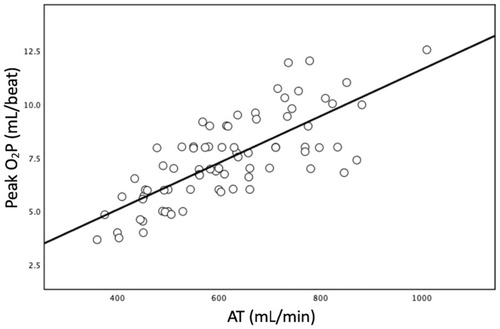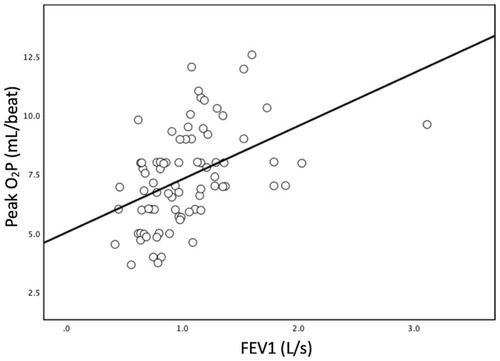Figures & data
Table 1 Baseline Characteristics Of The Two Groups
Table 2 Impact Of Peak Oxygen Pulse (O2P) On Exercise Capacity
Table 3 Impact Of Peak Oxygen Pulse (O2P) On Circulatory Parameters
Table 4 Impact Of Peak Oxygen Pulse (O2P) On Ventilatory Parameters
Table 5 Impact Of Peak Oxygen Pulse (O2P) On Dyspnea Score And Health-Related Quality Of Life
Table 6 Impact Of Peak Oxygen Pulse (O2P) On The Number Of Hospitalizations And Emergency Room (ER) Visits In The Following Year After Enrollment


